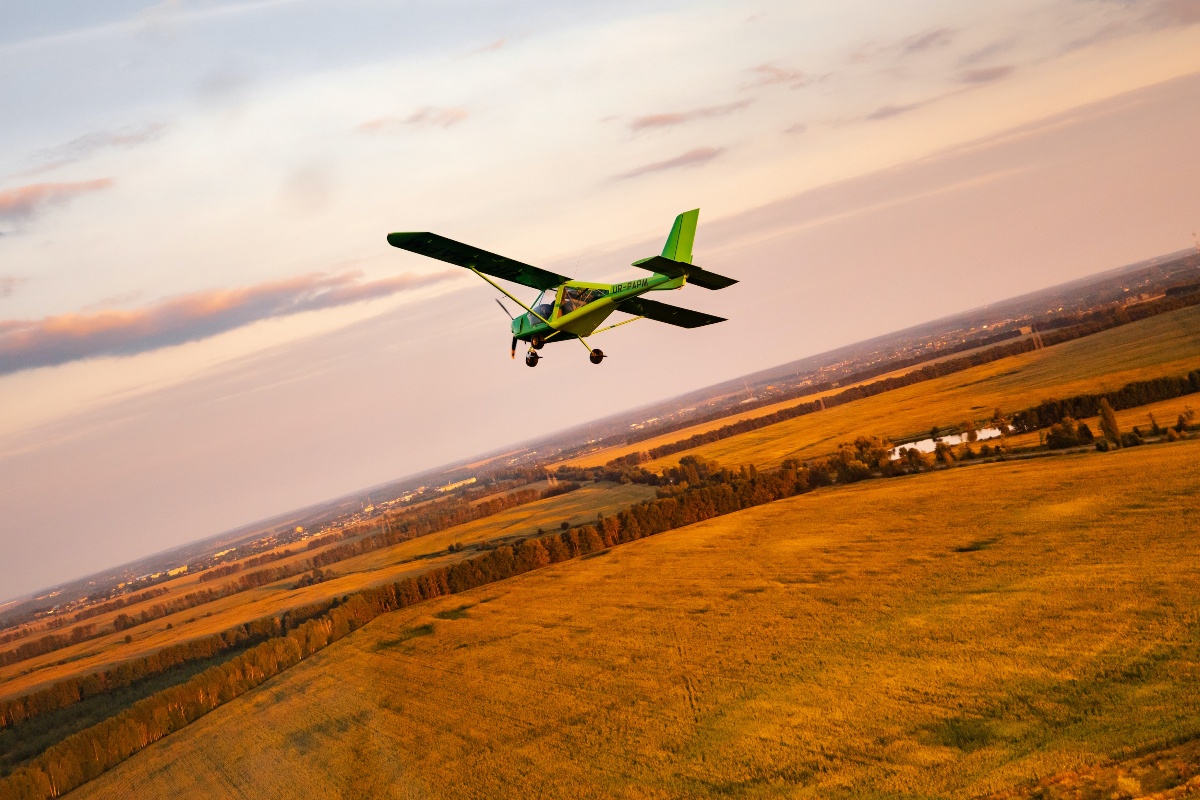Why All Pilots Need To Be Aware of Plan Continuation Bias
Plan continuation bias refers to the tendency of pilots to stick with an existing heading and destination even when better options may be available after accounting for changing weather or other factors. This behavior may be more likely to occur when pilots have one or more passengers aboard who potentially put subtle (or not so subtle) pressure on them to reach the intended destination despite the warning signs that a diversion would be the more sensible option.
Even without the added pressure from passengers, a pilot may feel compelled to reach the destination due to one of several psychological drivers. If a destination is a goal, diverting is missing the goal or 'giving up' on trying to reach it.
A competitive-minded or goal-oriented person (i.e., many pilots) may subconsciously consider diverting a failure, becoming fixated on the target and determined to reach it despite all the loud and clear warning signs that doing so could be dangerous.
The history of accident reports is littered with accounts of pilots getting into difficulty or ending up in fatal accidents due to poor visibility, often at their home airfields or destinations surrounded by suitable alternatives.
How does this happen?
Get-Home-Itis and Get-There-Itis
You parked your car at your home airfield, and your partner expects you to be back on time for a social event that you've both been looking forward to, but while en route, you learn that the weather has deteriorated in the vicinity. It's only a slight deterioration, but it's slowly worsening. Do you press on or divert? That nagging feeling telling you to accept the risks of flying home is get-home-itis.
You've agreed to take two passengers who need to be at a business meeting at a fixed time later that day. They have emphasized the importance of attending the meeting in person, noting that it could result in a lucrative deal for their company. The passengers are longtime friends of yours, and you want to help them out, but while still 30 minutes away from touching down, you learn of reduced visibility at the destination airfield. You're a VFR pilot with no instrument rating, but you have clocked up some hours on a flight simulator. Do you continue, keen not to let down your old buddies? That pressure you feel is get-there-itis.
In both scenarios, the obvious answer is to divert. Even though your partner or your buddies may not see it that way at the time, a missed social event or business meeting is always preferable to hospitalization or death due to controlled flight into terrain. That may sound extreme, but the accident records are full of examples like these.
What does it mean to be the Pilot in Command?
It may seem obvious to anyone in aviation, but it's worth reminding ourselves from time to time that the pilot in command is the final authority on all matters relating to the operation of the aircraft and the safety of its passengers. These include making decisions on route planning, weather avoidance, and emergency procedures. The pilot in command retains this responsibility even if there is a more senior pilot or a flight instructor among the passengers.
Deciding To Divert
The most common reason for a diversion is worsening weather at the destination airfield, but other unforeseen situations can occur during the flight that force the pilot to decide to divert.
Weather Factors
- The visibility has deteriorated, making an approach and landing unsafe.
- The wind has increased above the limits of the aircraft or the pilot's abilities.
- There are thunderstorms in the area and an increased risk of wind shear.
- The cloud base has descended, and the precipitation is heavy.
Other Factors
- A passenger becomes unwell, and the pilot decides that s/he requires medical attention.
- A minor mechanical fault or other type of fault in the aircraft might suggest a precautionary landing sooner rather than later is advisable.
- Increased headwinds mean the flight is burning more than the expected amount of fuel.
- The destination airfield has closed due to an incident, forcing the pilot to decide to divert.
Flight Planning and Diversions
Whatever the reason for the diversion, the structured preflight planning drummed into your head during flight training undoubtedly included a diversion airfield. Deciding to change heading to reach the diversion airfield should be done confidently, having first worked out the distance and time to get there and a safe altitude at which to fly. The calculations, of course, will also include the correct heading in degrees magnetic.
Before turning toward the diversion, you should check the fuel requirements and account for the wind direction. A change of heading could mean a turn into the wind. It's sometimes a good idea to draw a wind direction arrow on the chart in use. You should also re-align the direction indicator (DI) before turning to ensure an accurate heading.
Finally, you should note when you are taking the turn and, if possible, take a fix of an identifiable landmark. The time check is crucial for timing the leg toward the diversion airfield.
The minutiae of a textbook diversion is worthy of a standalone article. Studying the various techniques, mnemonics, and rules of thumb in navigation is time well spent, but the best preparation for the day when you need to divert is to practice diversions mid-flight. Even if you have no reason to divert nor any deadlines or commitments after your flight, initiate a diversion when the weather is clear at both destinations. Complete the calculations, note the time, and set your stopwatch.
Once you're satisfied that you will reach your diversion airfield, you can either continue to land or divert back to your original airfield, after first making all the necessary calculations (including the additional fuel required).
Share this
You May Also Like
These Related Articles

Preflight Planning: 11 Items You Might be Missing

The Three Underlying Causes of General Aviation Accidents
.jpg)
